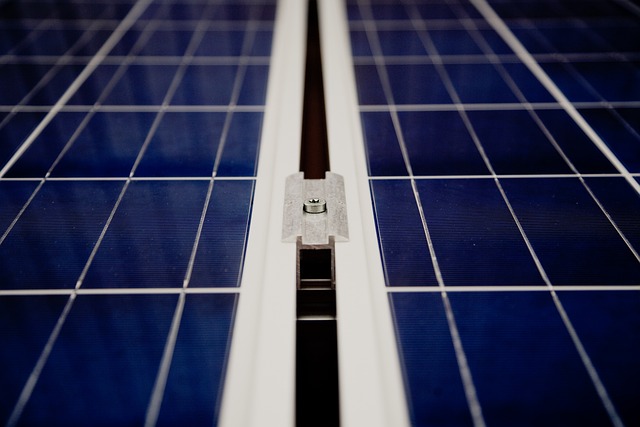
The United States has achieved a record-breaking surge in solar manufacturing, driven by strong federal support and upcoming deadlines. In the last quarter, 75% of all new electricity-generating capacity added to the U.S. grid came from solar manufacturing, according to a recent report from the Solar Energy Industries Association (SEIA) and Wood Mackenzie. This period saw an unprecedented addition of 11 gigawatts of new solar panel manufacturing capacity, the largest quarterly growth in American history, bringing the total capacity to 200 gigawatts. To put this into perspective, one gigawatt matches the horsepower of 2,000 Chevy Corvette Z06s or the energy consumed by 100 million LED light bulbs.
Impact of Federal Investments
SEIA CEO Abigail Ross Harper highlighted the significance of these developments, attributing the growth to new federal investments in clean energy. “This quarter proves that new federal investments in clean energy are revitalizing American manufacturing and strengthening our nation’s energy economy,” she said. Harper also emphasized that the solar and storage industry is positively impacting communities nationwide.
Policies Boosting Clean Energy Production
Federal and state policies, such as President Joe Biden’s 2022 Inflation Reduction Act (IRA) and restrictions on importing panels made with forced labor from China, have significantly boosted U.S. clean energy production. Since the IRA’s passage in August 2022, solar module manufacturing capacity has increased each quarter. The report also noted that the U.S. added over 40 gigawatts of new solar capacity in 2023, surpassing initial estimates. Wood Mackenzie projects another 40 gigawatts will be added in 2024.
Utility-Scale Solar Growth
Utility-scale solar experienced significant growth, with Florida, Texas, and California leading in new capacity additions. Nevada and New Mexico also saw considerable growth. However, the solar industry still faces challenges, including labor shortages, high voltage equipment constraints, and trade policy uncertainties, according to Michelle Davis, the report’s lead author.
Challenges in Residential Solar Segment
The residential solar segment had its worst quarter in two years, mainly due to policy changes in California. The California Public Utilities Commission’s new net metering policy reduced compensation for excess energy by 75%, causing a drop in installations.
Upcoming Tariff Changes
Meanwhile, a two-year U.S. tariff holiday on solar panels from Southeast Asia ends Thursday. Domestic solar developers have purchased nearly 35 gigawatts of imported panels from Malaysia, Thailand, Cambodia, and Vietnam, almost the total capacity expected to be added in the U.S. this year. Once tariffs are reinstated, companies will have six months to utilize their imported supply or face taxes. Despite these challenges, the U.S. solar industry is on a path of rapid growth, supported by federal policies and increasing demand for clean energy solutions.

